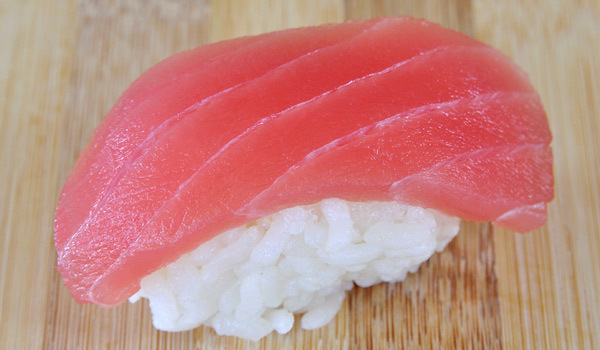
You might want to take a second look at that red snapper you ordered — it could be another fish entirely. Seafood is frequently mislabeled in supermarkets and other retailers, according to one of the largest studies to date.
The results, released today (Feb. 21) by the ocean conservation organization Oceana, found that one-third of 1,215 seafood samples purchased across 21 U.S. states were mislabeled. And 87 percent of the time, fish labeled as red snapper was something else entirely. Nearly 60 percent of the time, fish labeled as tuna was also another fish.
Several other studies, some by the same organization, have found frequently mislabeled fish in New York, but this is the largest study to date to look at the problem.
According to the report, 90 percent of the seafood consumed in the United States is imported, and less than 1 percent of it is inspected for mislabeling or other fraud.
To conduct the study, the group purchased fish from sushi vendors, supermarkets and restaurants from 2010 to 2012. Nearly 74 percent of fish eaten at sushi venues was mislabeled, while 18 percent of the grocery store fish was mislabeled. Fish fraud was relatively low in Seattle, at around 18 percent, while more than half of fish from Southern California and Pennsylvania were mislabeled.
Not only were most of the tuna and snapper species mislabeled, but most of what was labeled white tuna was actually a fish called escolar, which can cause serious digestive issues in susceptible people who eat more than a little bit of the fish, the study found. Because many types of fish are high in mercury, consumers could also be unknowingly consuming high levels of mercury.
Figuring out where the mislabeling occurs is a tricky business, because right now there isn't a good way of tracking fish from the boat all the way to the consumer's plate, the study notes.
Get the world’s most fascinating discoveries delivered straight to your inbox.
Follow LiveScience on Twitter @livescience. We're also on Facebook & Google+.

Tia is the managing editor and was previously a senior writer for Live Science. Her work has appeared in Scientific American, Wired.com and other outlets. She holds a master's degree in bioengineering from the University of Washington, a graduate certificate in science writing from UC Santa Cruz and a bachelor's degree in mechanical engineering from the University of Texas at Austin. Tia was part of a team at the Milwaukee Journal Sentinel that published the Empty Cradles series on preterm births, which won multiple awards, including the 2012 Casey Medal for Meritorious Journalism.
